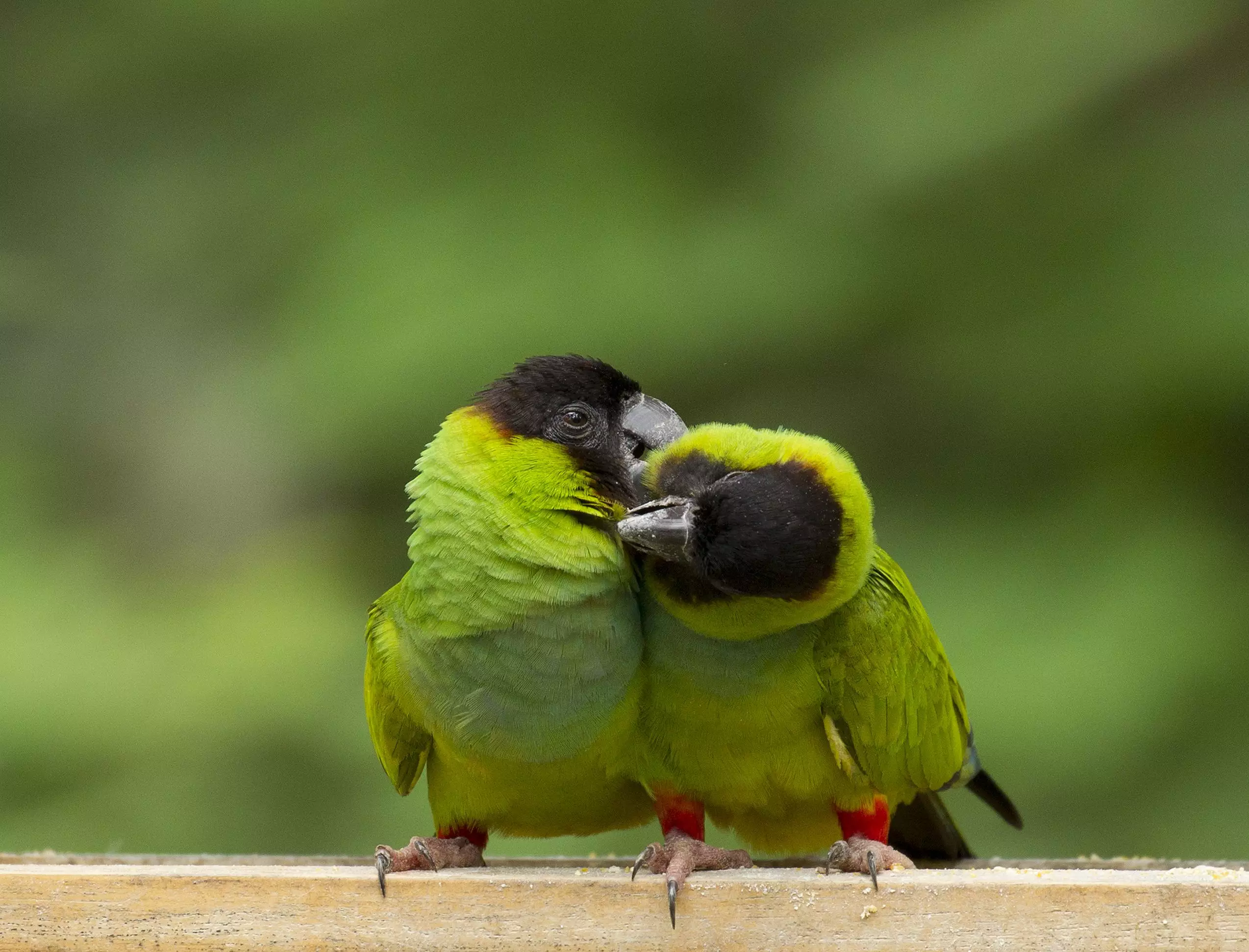Birds are remarkable creatures, renowned for their elegant plumage and remarkable adaptability across various environments. One of the most intriguing aspects of a bird’s anatomy is its feathers, particularly the phenomenon of pinfeathers. These tiny, newly grown feathers play a crucial role in the molting process. Understanding pinfeathers, their development, and their significance is essential for bird enthusiasts and caretakers alike.
Pinfeathers, often referred to as blood feathers, are immature feathers that emerge during a bird’s molting period. Initially, these feathers appear as slender, short shafts poking through the skin. They are composed of a robust protein called keratin, which also makes up hair, skin, and nails in other animals. This keratin sheath acts as a protective layer for the feather while it is still developing underneath.
The name “pinfeather” aptly describes their appearance; they resemble tiny pins protruding from the skin. Each pinfeather is alive and has a blood supply that nourishes it as it grows. This makes them particularly delicate and requires careful handling, especially in the early stages of their emergence.
As a bird prepares to replace its old feathers, the pinfeathers undergo significant changes. Initially encased in the keratin sheath, they require this layer to protect them as they grow. The process begins when the blood supply that nourishes the feather eventually recedes to the base, enabling the feather to fully form. As the bird preens itself—the natural grooming behavior—this sheath is broken down. The action of preening facilitates the unfurling of the new feather, allowing it to expand and reach its mature form.
Birds tend to be meticulous groomers, and this is especially critical during the molting period. However, certain pinfeathers, located in hard-to-reach areas like the head, can be difficult for birds to preen themselves. In environments such as the wild, flock members help each other with grooming, providing support in the removal of pinfeathers. For birds in captivity, human assistance becomes crucial, ensuring their comfort by gently rolling these pinfeathers between fingers to facilitate shedding the keratin sheath.
Feathers are not just simple structures; they are sophisticated and serve various functions that enhance a bird’s survival. Different types of feathers perform specialized roles, categorized into classifications essential for a bird’s lifestyle. Insulation, waterproofing, display, flight, and camouflage are critical functions served by different types of feathers.
The overall feather structure can be divided into distinct parts. The calamus, or the base of the feather, transitions into the rachis—a central shaft that provides stability. From the rachis, barbs extend outward, which themselves are further branched into smaller barbules. These barbules possess tiny hooks that allow feathers to adhere together neatly, ensuring that birds can maintain an aerodynamic shape for flight and effective insulation against the elements.
Birds’ feathers are essential for maintaining their body temperature and protecting them from environmental factors. Contour feathers, for instance, cover most of a bird’s body and mold closely to its shape, enhancing aerodynamics while keeping them warm. The meticulous arrangement of feathers resembles scales on reptiles or fish, showcasing nature’s ingenuity in form and function.
Moreover, during mating seasons, visual displays enabled by colorful plumage play a pivotal role in attracting partners. In many species, sexual dimorphism, where males exhibit brighter colors than females, serves as an evolutionary advantage. This coloration often aids male birds in attracting mates while providing females with camouflage during nesting, exemplifying nature’s intricate balance.
For owners of pet birds, understanding the molting process is paramount. Regular showers are not just a luxury; they can soothe itchiness associated with molting feathers. The water not only aids in feather health and cleanliness but also helps alleviate discomfort. Encouraging a bird to preen its pinfeathers can be beneficial, yet continuous monitoring and assistance may be needed throughout the molting phase.
Pinfeathers are a remarkable aspect of avian biology that illustrates the complexity and beauty of bird life. From the intricate structure of feathers to the necessity of proper grooming and care, understanding these elements adds depth to the appreciation of birds and their unique adaptations. The fascinating world of pinfeathers invites us to explore further, illuminating the intricate connections between nature and the behaviors that help birds thrive.

